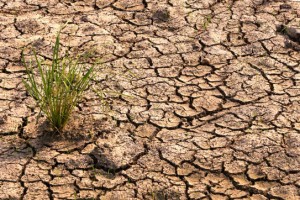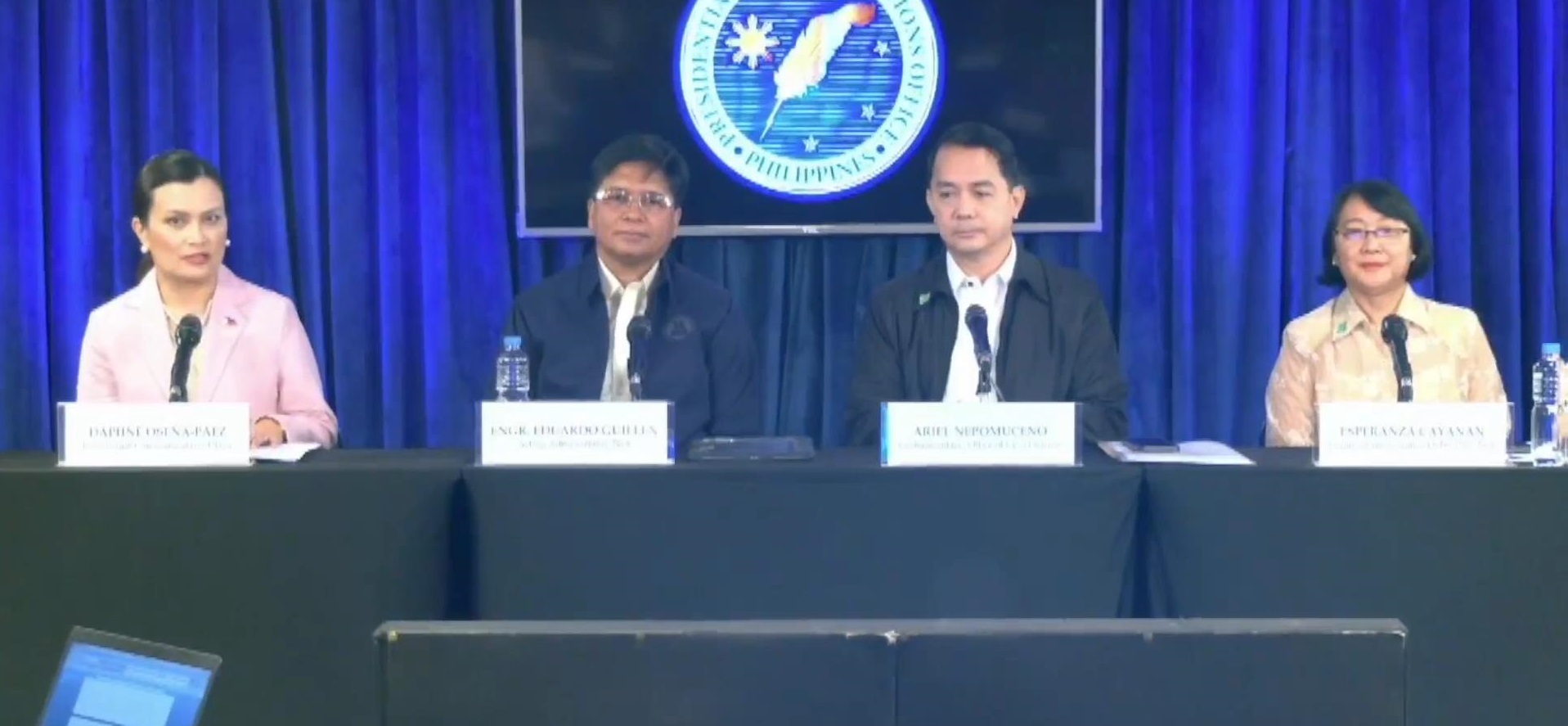QUEZON CITY (PIA) -- The Philippine Atmospheric, Geophysical and Astronomical Services Administration (PAGASA) on Tuesday, May 2, raised the El Niño Southern Oscillation (ENSO) Alert and Warning System to El Niño alert.
Based on the weather bureau’s monitoring of conditions and model forecasts, it indicates that a warmer season may emerge in the coming season (June-July-August) at 80% probability and may persist until the first quarter of 2024.
However, above-normal rainfall conditions during the Southwest Monsoon season (Habagat) may still be expected over the western part of the country.
El Niño is characterized by unusually warmer than average sea surface temperatures (SSTs) at the central and eastern equatorial Pacific (CEEP). It increases the likelihood of below-normal rainfall conditions, which could have negative impacts such as dry spells and droughts in some areas of the country.
The weather bureau encouraged all concerned government agencies and the general public to keep on monitoring for updates and take precautionary measures against the impending impacts of El Niño.
Previously, President Ferdinand R. Marcos Jr. has already directed concerned agencies to lay out plans and implement a whole-of-government strategy to mitigate the effects of this phenomenon.
The National Water Resources Board (NWRB), in response, is coming up with ways to store rainwater that the country may use during the dry season.
The President also expects to resolve the water crisis in the country after signing an executive order creating a Water Management Office (WMO).
Moreover, the government also assured the public that there is an ample supply of electricity despite the looming dry spell which might affect the country’s hydroelectric plants.
To avoid power interruption, the DOE plans to carry out several measures aimed at ensuring energy efficiency with the participation of various sectors. One is to avoid energy wastage such as the efficient use of a cooling system during the summer. Another is by wisely choosing and using energy-efficient gadgets and appliances to cut energy consumption.
Whilst, to ensure energy efficiency in the public sector, there will be an Inter-Agency Energy Efficiency and Conservation Committee advising government offices to consider flexible working hours.
The government has also come up with measures to cushion the possible effects of drought on the agriculture sector.
National Irrigation Administration (NIA) has formulated short-, medium-, and long-term solutions. One of which is the continued implementation of a cropping calendar. Further, for planting areas that are located far from the source of water irrigation, the farmers will be advised to concentrate on high-value crops.
For a long-term solution, the government is looking into the convergence effort between NIA and the Local Water Utilities Administration (LWUA) to address the challenge of managing the country’s water resources.
All these measures are to ensure that the administration is above the situation and prepared to mitigate the effects of long dry spells in the country. (KSAA – PIA CPSD)





